Have you ever wondered why your two sweet cats suddenly hiss, hide, or even swipe at each other—despite once being best buddies? The tension in a multi-cat household can make even the calmest cat lover anxious. Watching your beloved pets struggle with emotional conflict is both heartbreaking and stressful. But there’s hope! With the right knowledge and gentle strategies, you can restore peace and help your cats coexist happily. Let’s dive into the secrets of easing emotional conflicts between cats and creating the harmonious home every feline deserves.
Understanding the Roots of Feline Conflict
Cats are territorial by nature, and their instincts run deep. When a new cat enters the home or changes disrupt their environment, it can spark emotional unrest. Sometimes, even subtle shifts—a new piece of furniture or a different feeding schedule—can leave cats feeling threatened. Emotional conflict arises when a cat perceives a rival for resources or attention. Recognizing these basic triggers is the first step to easing tensions. Knowing that your cats aren’t “bad” but simply acting on instinct helps you approach the situation with empathy. By understanding their motivations, you can respond in ways that calm rather than escalate their emotions.
Recognizing Early Warning Signs
Cats don’t always go straight to hissing and fighting. Look for early signs like flattened ears, tense bodies, or avoidance behaviors. Some cats may stop grooming themselves or hide more often. Others might block pathways or litter boxes, subtly asserting dominance. Paying attention to these signals gives you a chance to intervene before things get out of hand. It’s much easier to prevent a full-blown cat feud by acting early. Think of these signs as your cats whispering for help—listen closely, and you’ll have a better shot at restoring harmony.
The Importance of Territory
Territory is everything in the feline world. Even the most affectionate house cats still crave their own space. When cats feel their territory is threatened, emotional conflict can erupt. Make sure each cat has a safe haven—a place to retreat when things get overwhelming. This could be a cozy bed on a windowsill, a tall cat tree, or a quiet room. By respecting each cat’s need for space, you help them feel secure. Just like people need their own room to unwind, cats need their own domain to feel at ease.
Providing Multiple Resources
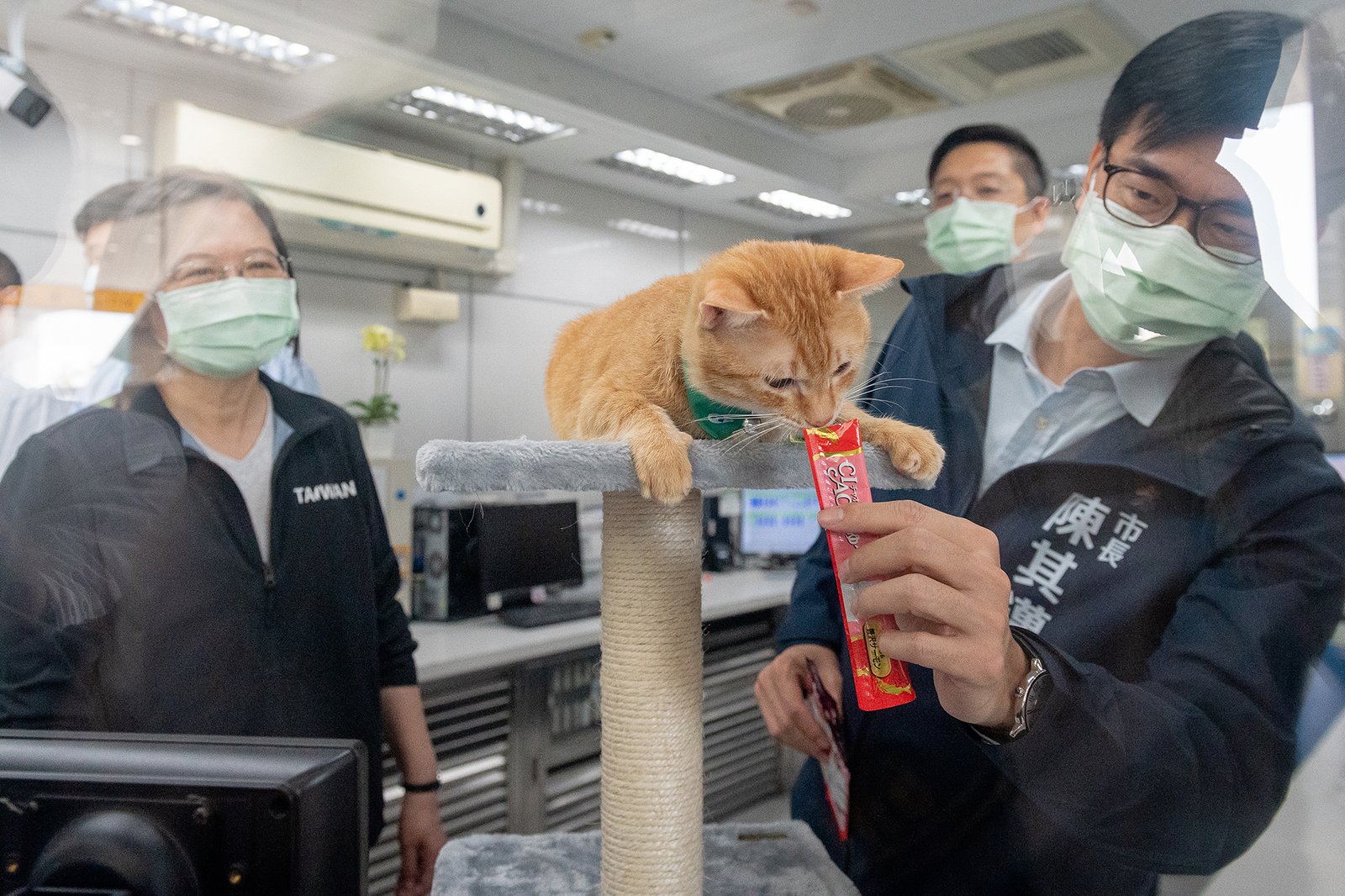
Resource competition is a major source of stress for cats. Provide multiple food and water bowls, litter boxes, and scratching posts throughout your home. Experts often recommend one litter box per cat, plus one extra. Place these resources in different rooms to prevent guarding or territorial disputes. If your cats can eat, drink, and use the litter box without bumping into each other, tension often melts away. This simple step can transform a battleground into a peaceful home. Remember: equality is key for feline happiness.
Gradual Introductions and Reintroductions
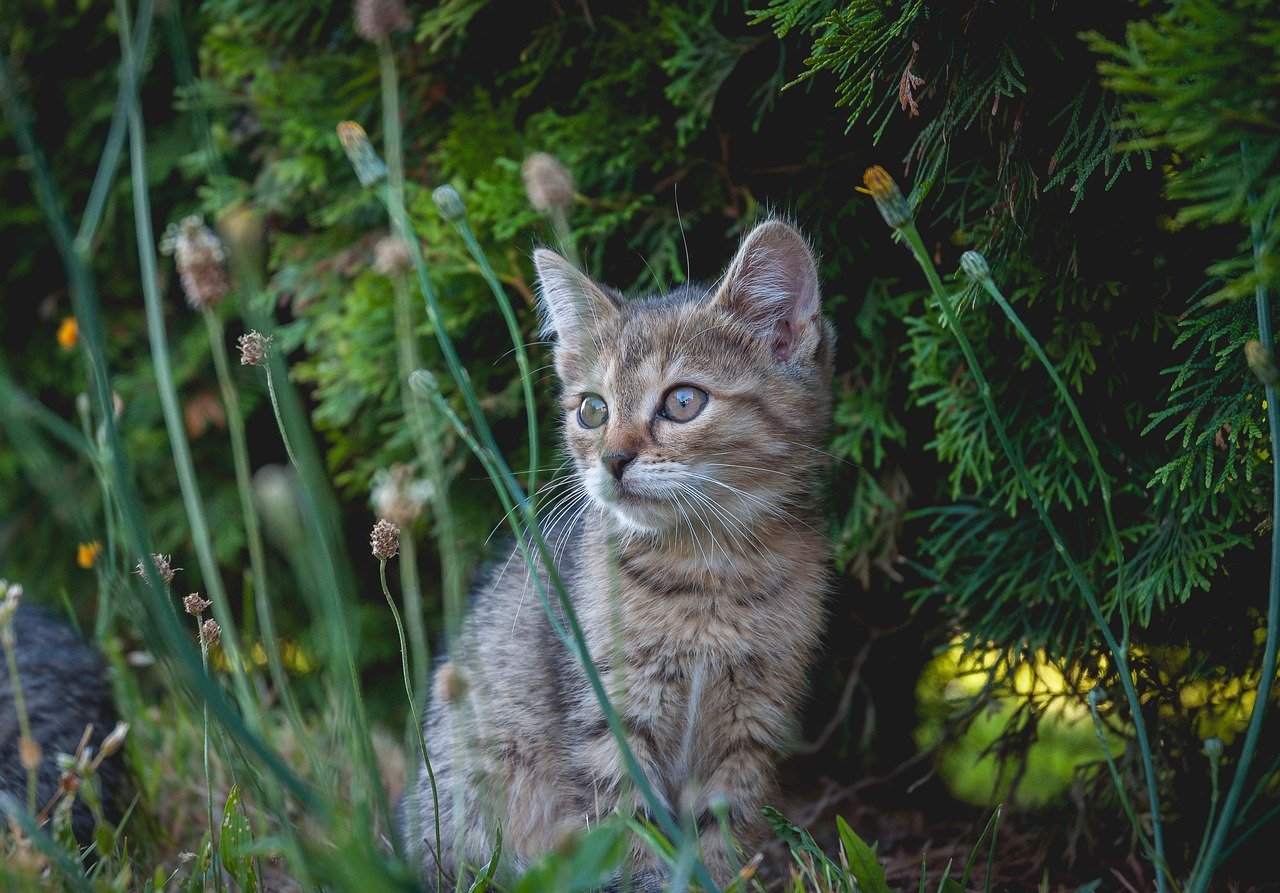
If you’re bringing a new cat into your home, or need to reintroduce cats after a fight, patience is your greatest ally. Start by keeping cats in separate rooms, allowing them to sniff each other’s scent from a safe distance. Swap bedding or use a soft cloth to exchange scents between cats. After a few days, let them see each other through a cracked door or baby gate. Only allow direct interaction when both cats seem calm and curious, not fearful or aggressive. These slow, measured steps build trust and reduce emotional conflict.
Understanding Cat Body Language
Cats communicate volumes through their bodies. Watch for signals like tail position, ear orientation, and eye contact. A cat with a high, gently waving tail is relaxed, while a low or puffed-up tail signals fear or aggression. Dilated pupils or direct staring can be signs of tension. By learning to read your cats’ body language, you can intervene before emotions boil over. It’s like learning a new language—once you understand it, you’ll be amazed at what your cats are telling you.
Using Play to Defuse Tension
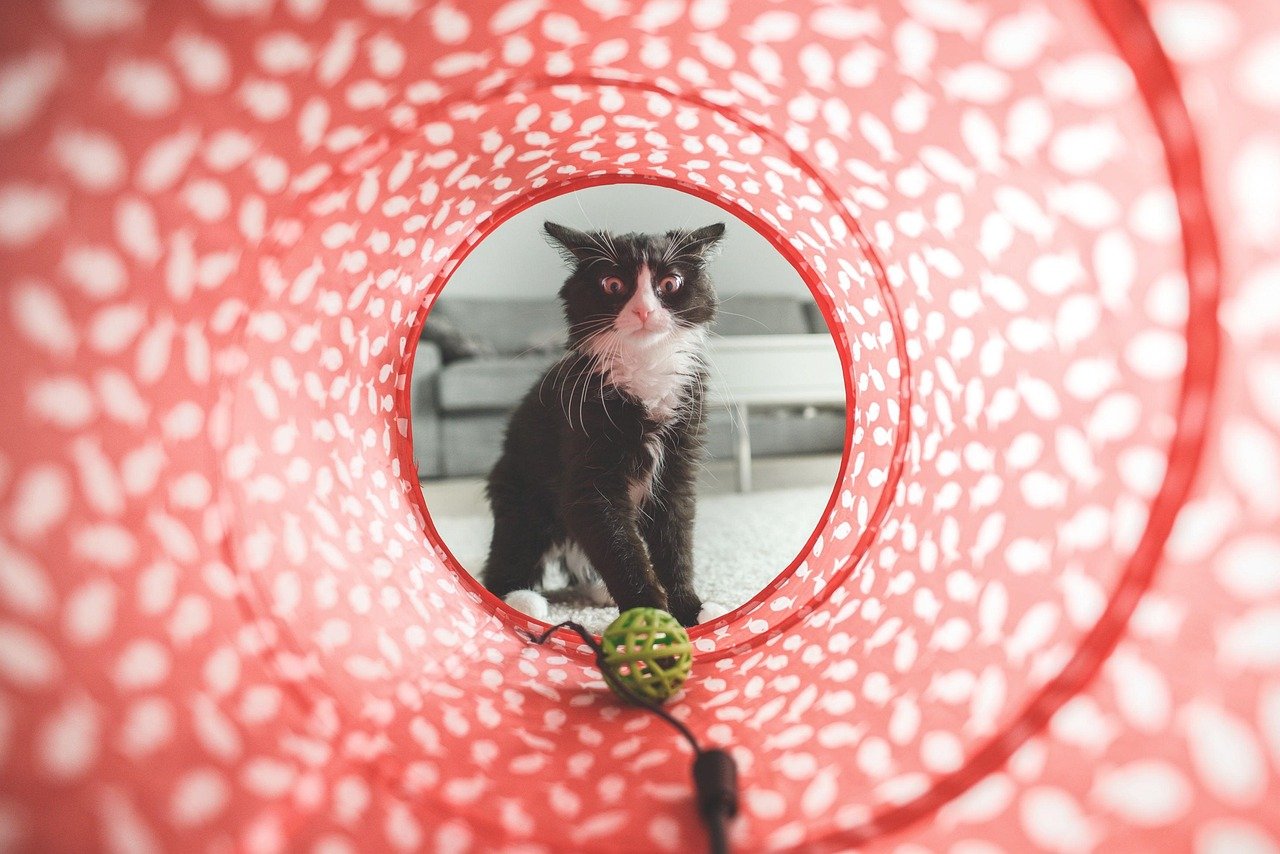
Play is a natural stress reliever for cats. Interactive toys like feather wands or laser pointers help redirect energy and aggression into positive outlets. Set aside dedicated playtime with each cat to build their confidence and give them a healthy way to express themselves. Group play sessions can also help cats associate each other with fun, not fear. Think of playtime as the ultimate icebreaker for your feline family.
Creating Vertical Space
Cats love to climb and observe their world from above. By adding cat trees, shelves, or window perches, you give your cats more territory to explore and claim as their own. Vertical space lets cats avoid each other when needed, reducing face-to-face confrontations. It’s like adding extra rooms to your house without knocking down any walls. The more options your cats have, the less likely they are to feel crowded or cornered.
Establishing Safe Retreats

Every cat needs a safe retreat—a quiet, enclosed space where they can relax and regroup. This could be a covered bed, a cardboard box, or a cozy nook high up on a shelf. Encourage your cats to use these safe spaces whenever they feel overwhelmed. Never force a cat out of their retreat, as this can increase their stress. By respecting their need for solitude, you show your cats that their emotions matter.
Feeding Strategies for Peace

Feeding time can be a flashpoint for conflict. Serve meals in separate locations so each cat can eat without feeling threatened. Timed feeding, rather than leaving food out all day, helps prevent one cat from guarding the bowl. For extra harmony, try offering treats during calm, positive interactions between your cats. This creates a positive association and helps them see each other as friends, not competitors.
Litter Box Etiquette

A clean, accessible litter box is crucial for feline happiness. Territorial disputes often play out in the litter box, leading to accidents elsewhere in the house. Ensure each cat has their own box in a quiet, low-traffic area. Scoop daily and clean thoroughly once a week. If a cat starts avoiding the box, investigate the cause—it could be a sign of stress, illness, or bullying. A little extra effort here goes a long way toward easing emotional conflict.
Managing Human Attention

Cats can be jealous creatures, especially when it comes to your affection. Divide your attention equally, spending quality time with each cat every day. Avoid showing favoritism, especially after a skirmish. Even if one cat seems more needy or demanding, make sure the other isn’t feeling left out. Your love is the glue that holds the feline family together—spread it generously and evenly.
Utilizing Calming Products

There are products designed to help reduce feline stress, such as pheromone diffusers, calming collars, and sprays. These can help create a soothing environment and make introductions or reintroductions smoother. While these products aren’t a magic fix, they can support your other efforts. Think of them as background music, setting the mood for peace and relaxation.
Routine and Predictability
Cats thrive on routine. Sudden changes in feeding times, play schedules, or household noise can unsettle them and trigger conflict. Stick to a predictable daily routine as much as possible. If changes are unavoidable, introduce them gradually. A stable environment helps your cats feel secure, lowering the risk of emotional outbursts.
Medical Issues and Behavioral Changes
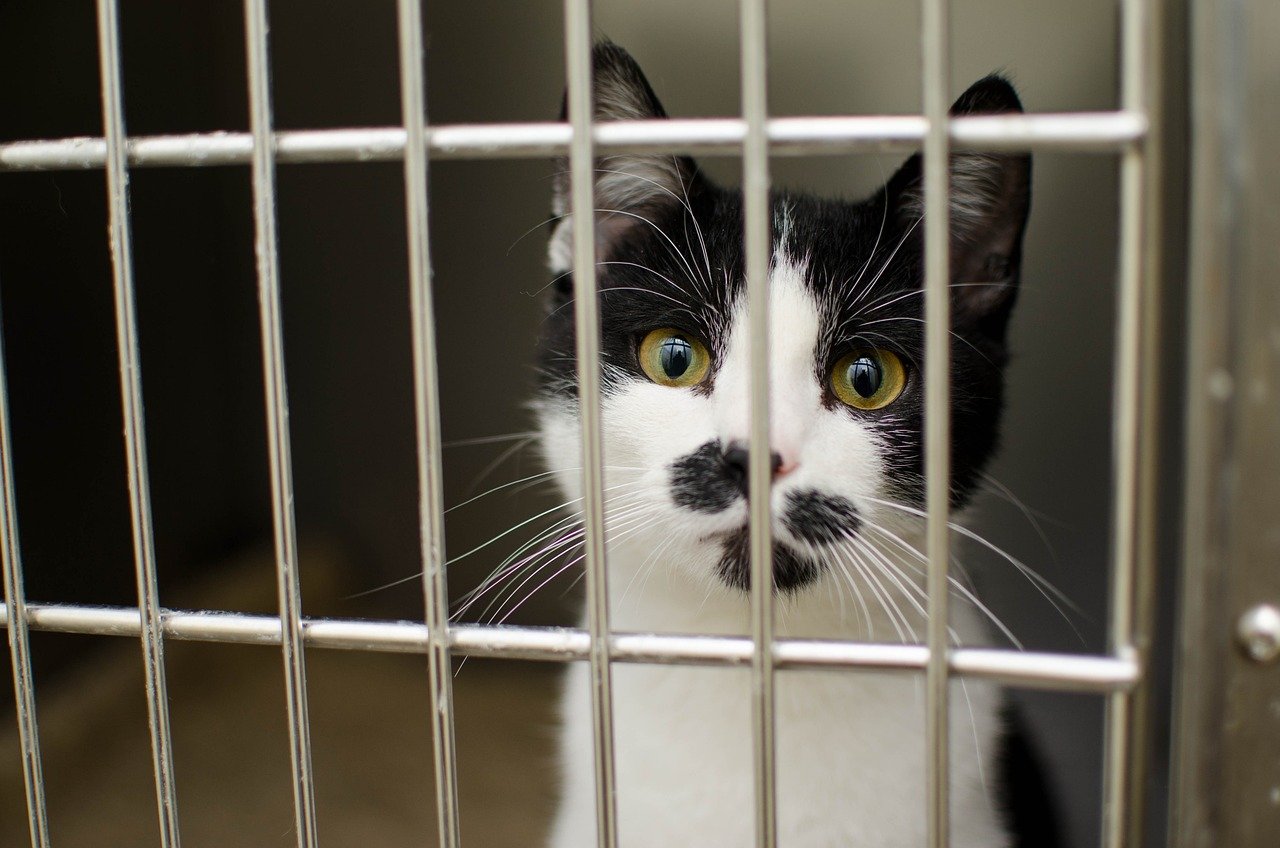
Sometimes, sudden aggression or withdrawal is a sign of medical problems rather than emotional conflict. Pain, illness, or age-related changes can make a cat more irritable or anxious. If you notice a shift in your cat’s behavior, consult a veterinarian to rule out health issues. Addressing medical needs can often resolve what appears to be a personality clash.
Understanding Hierarchy and Social Structure
Not all cats want to be best friends. Some prefer a distant coexistence, while others may form close bonds. It’s natural for a subtle hierarchy to develop, with one cat taking a more dominant role. Accepting your cats’ chosen social structure, rather than forcing closeness, often leads to a more peaceful household. Let your cats set the pace for their relationship.
Redirecting Negative Energy
If you catch your cats about to fight, distract them with a sudden noise, a toy, or a treat. Never punish or yell, as this adds stress and can damage your bond. Instead, redirect their attention to something positive. Over time, your cats will learn that aggressive behavior leads to play or treats, not conflict.
Supervised Together Time

If conflict is ongoing, limit your cats’ time together and supervise their interactions. Gradually increase their time together as they show signs of tolerance, such as relaxed body language or mutual grooming. Short, positive sessions help rebuild trust and reduce emotional scars from past fights.
Seeking Professional Help
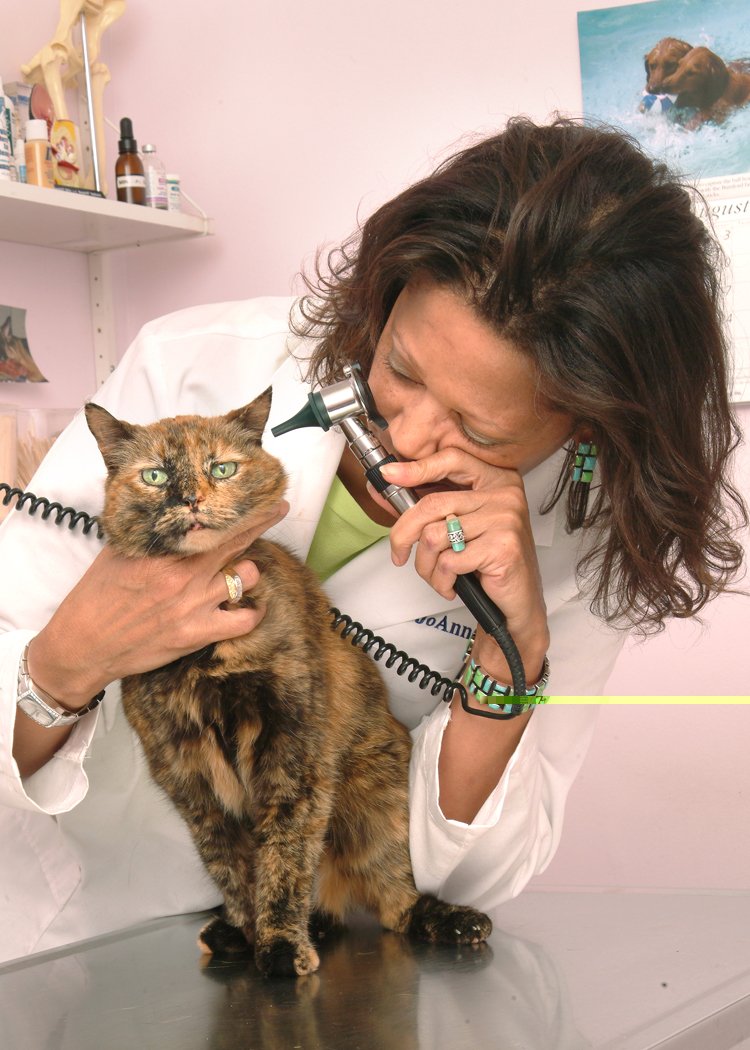
If your efforts aren’t enough, don’t hesitate to seek help from a veterinarian or animal behaviorist. These professionals can offer tailored strategies and identify underlying issues you might have missed. Sometimes, an outside perspective is just what your cats—and you—need to find lasting peace.
Patience and Positive Reinforcement

Patience is your most powerful tool. Celebrate small victories, like a peaceful nap in the same room or a shared sniff at the food bowl. Use positive reinforcement—treats, praise, and gentle pets—to encourage good behavior. Over time, your consistent, loving approach will soften even the hardest feline hearts.
When Separation Is Necessary
In rare cases, some cats simply cannot coexist peacefully. If persistent aggression endangers their well-being, long-term or permanent separation may be the kindest option. Create two separate cat-friendly zones within your home, each with their own resources and attention. Your cats’ happiness and safety always come first—sometimes, loving from a distance is the best solution.
Hi, I’m Bola, a passionate writer and creative strategist with a knack for crafting compelling content that educates, inspires, and connects. Over the years, I’ve honed my skills across various writing fields, including content creation, copywriting, online course development, and video scriptwriting.
When I’m not at my desk, you’ll find me exploring new ideas, reading books, or brainstorming creative ways to solve challenges. I believe that words have the power to transform, and I’m here to help you leverage that power for success.
Thanks for stopping by, Keep coming to this website to checkout new articles form me. You’d always love it!






